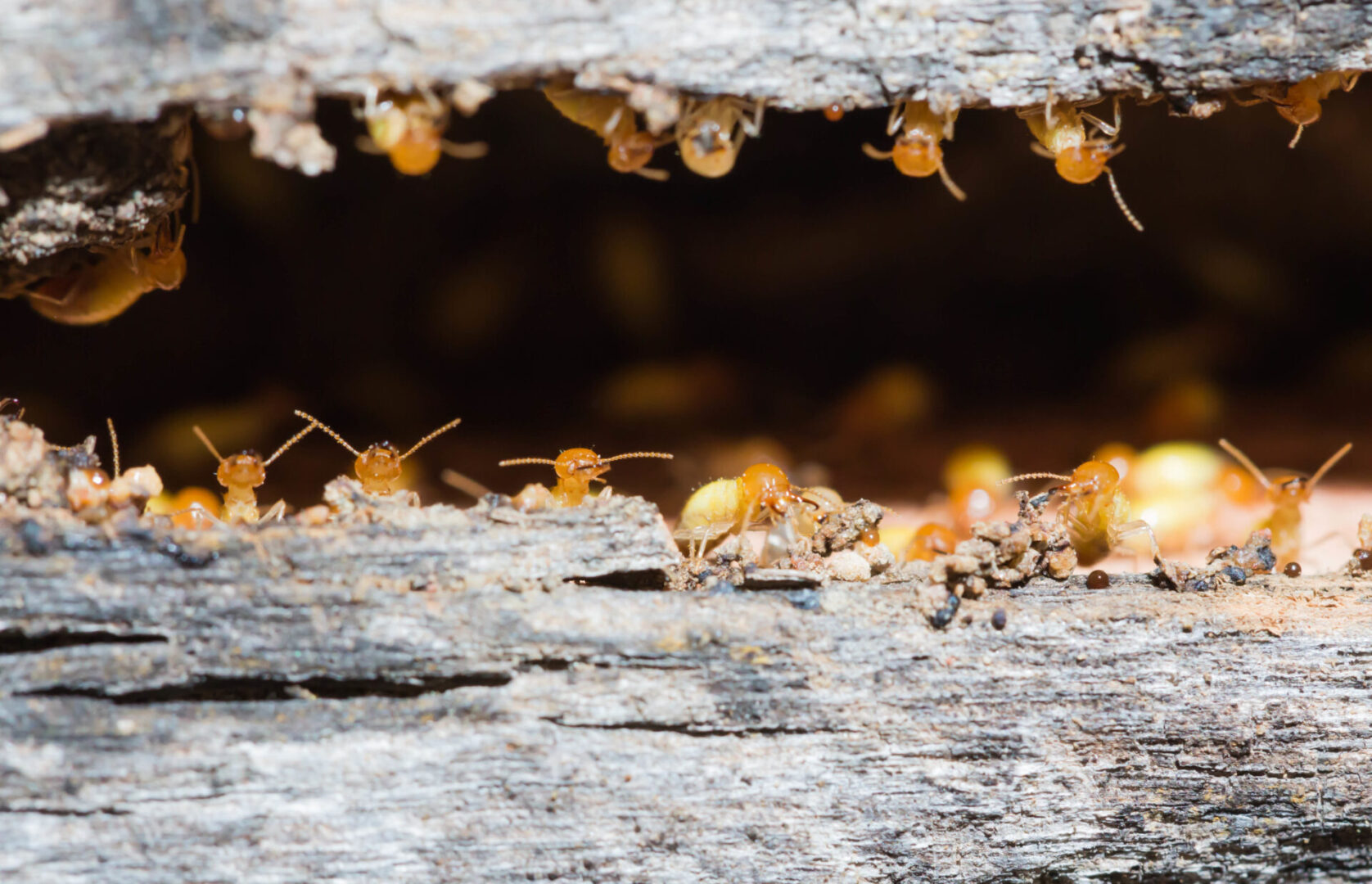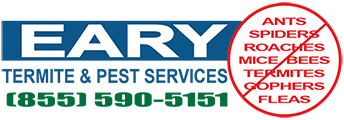
Signs and Solutions for Subterranean Termites
Subterranean termites are often referred to as “silent destroyers” for good reason. These pests work out of sight, causing damage to homes and structures before their presence becomes obvious. Identifying an infestation early and taking action quickly is key to minimizing potential problems. This guide will explain the key signs of subterranean termites, what these termites look like, and the steps to protect your home from their damage.
What Are Subterranean Termites?
These insects live underground in colonies and create mud tubes to travel to food sources above the ground. Unlike other types of termites, they require constant moisture to survive, which is why they build their nests in soil.
These termites are small in size, and their appearance can vary slightly depending on their role in the colony. Workers are pale and soft-bodied, while soldiers have a more distinctive look, with large heads and jaws used for defense. Reproductive termites, known as swarmers or alates, are darker in color and have wings during certain times of the year when they leave the colony to find a mate and establish new colonies. Seeing swarmers around your property is often one of the first signs of a subterranean termite infestation.
Recognizing the Signs of Subterranean Termites
Spotting the early signs of termites is crucial to preventing significant damage. One of the most telling signs is the appearance of mud tubes along your home’s foundation, walls, or other surfaces. These tubes are built by termites to stay moist while traveling between their nests and food. They are typically thin, dirt-like tunnels and can often be found in less obvious areas, like basements or crawl spaces.
Wood damage is another clear sign of termites. They typically eat wood from the inside out, leaving visible blistering, hollow sounds when tapped, or peeling paint that resembles water damage. Termites tend to follow the grain of the wood, creating a unique and recognizable pattern.
Discarded wings are another indicator. After swarmers have mated, they shed their wings. Finding these near doorways, windowsills, or other entry points can be a clear signal that termites are nearby.
Lastly, faint clicking or rustling sounds coming from within wooden structures may also suggest termite activity. These sounds are caused by termites tunneling through wood or soldiers tapping their heads as a form of communication.
The Importance of Addressing Subterranean Termites Promptly
Even though termites seem small and unthreatening, the damage they cause can escalate quickly if left untreated. They feed on wood, damaging structural components like beams, floors, and walls, which can compromise the integrity of a home over time.
Early detection helps reduce the potential cost of repairs, but also limits the spread of the infestation, making treatment more manageable. Ignoring the problem often allows colonies to grow larger, leading to more widespread damage and an increase in the resources required to control them.
Solutions for Subterranean Termite Infestations
There are several effective methods for dealing with subterranean termites, many of which involve eliminating existing colonies and preventing future infestations. Professional treatment is often the most reliable approach, as pest control experts are equipped with the tools and knowledge to locate colonies and apply targeted treatments.
Options for treatment include liquid barrier treatments, which are applied to the soil around a structure to stop termites from entering, and baiting systems, which use poisoned food sources to attract and eliminate colony members. Both methods can be tailored to your property’s specific needs and the level of infestation.
Preventive measures are equally important. Reducing excess moisture in and around your home is key, as subterranean termites thrive in damp environments. Fixing leaks, ensuring proper drainage, and redirecting water away from your foundation are practical steps to deter termites.
Preventing Future Infestations
Once termites have been eradicated, preventing their return should be a priority. Regular inspections by a professional can help catch any new activity early, before it becomes a problem. Maintaining a clean and dry environment around your home also helps keep termites away.
When landscaping or renovating, consider using termite-resistant materials, such as treated wood or materials containing concrete or metal, for any areas that might come into contact with soil. These steps, combined with professional guidance, can significantly reduce the likelihood of reinfestation.
Aware and Protected
Subterranean termites pose a real threat to homes and properties, but understanding their behavior, recognizing the signs, and taking prompt action can make all the difference. By staying vigilant, seeking professional help when needed, and maintaining a termite-unfriendly environment, you can protect your home from significant damage and enjoy greater peace of mind.
Contact Eary Termite & Pest Services today to learn more.
Tags:
